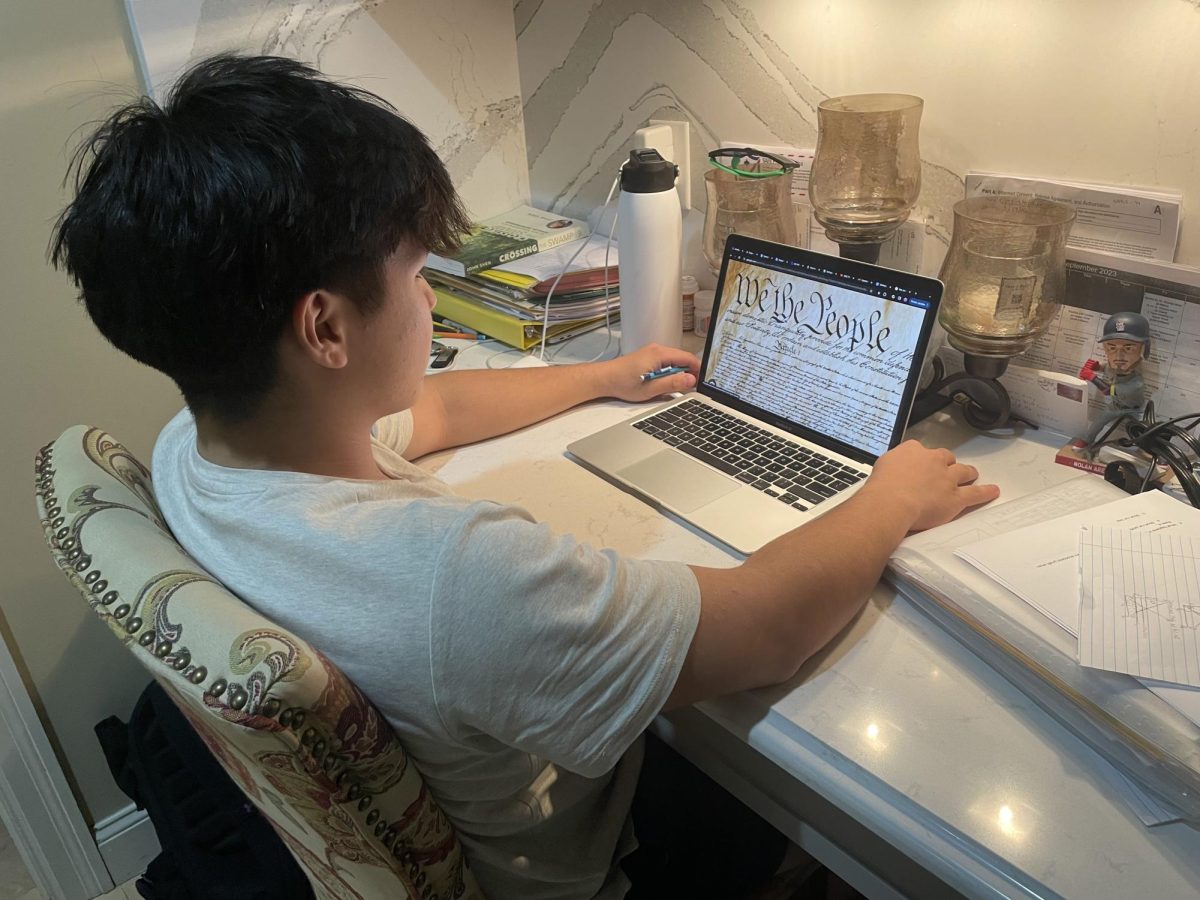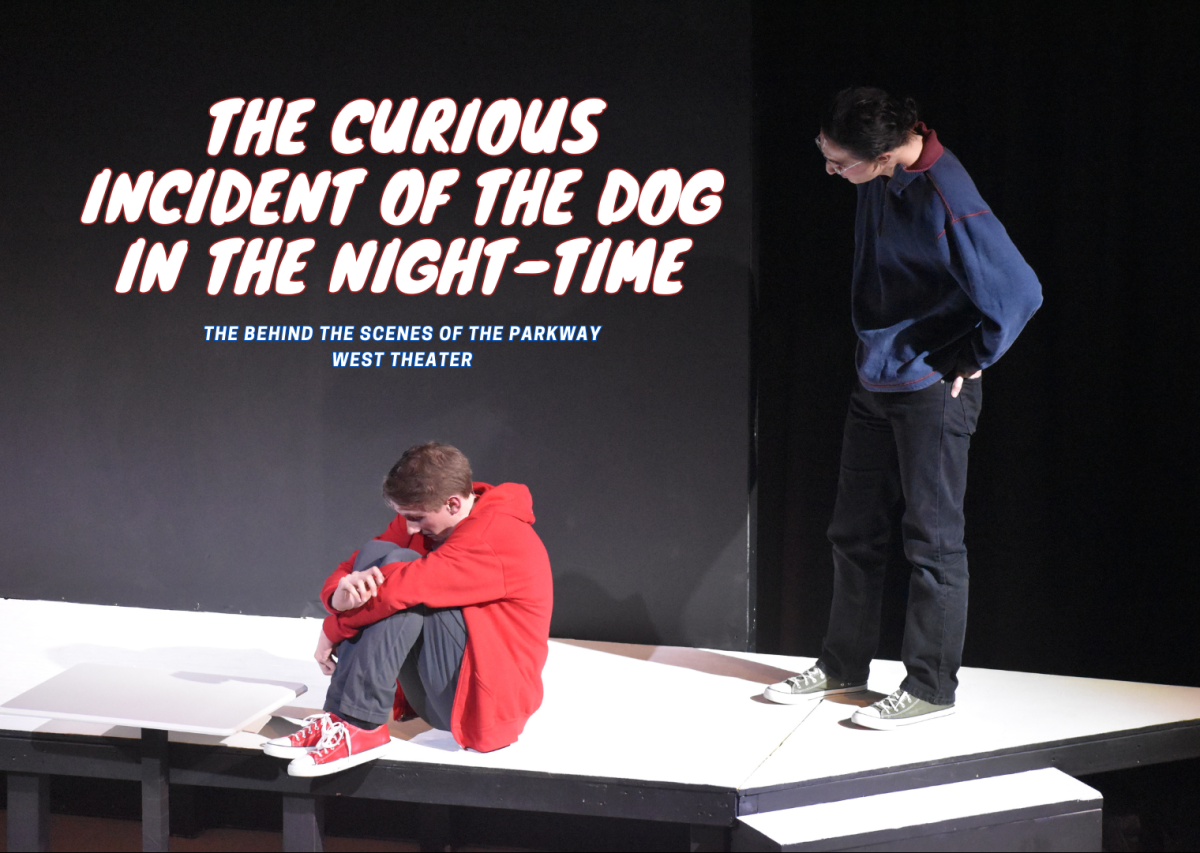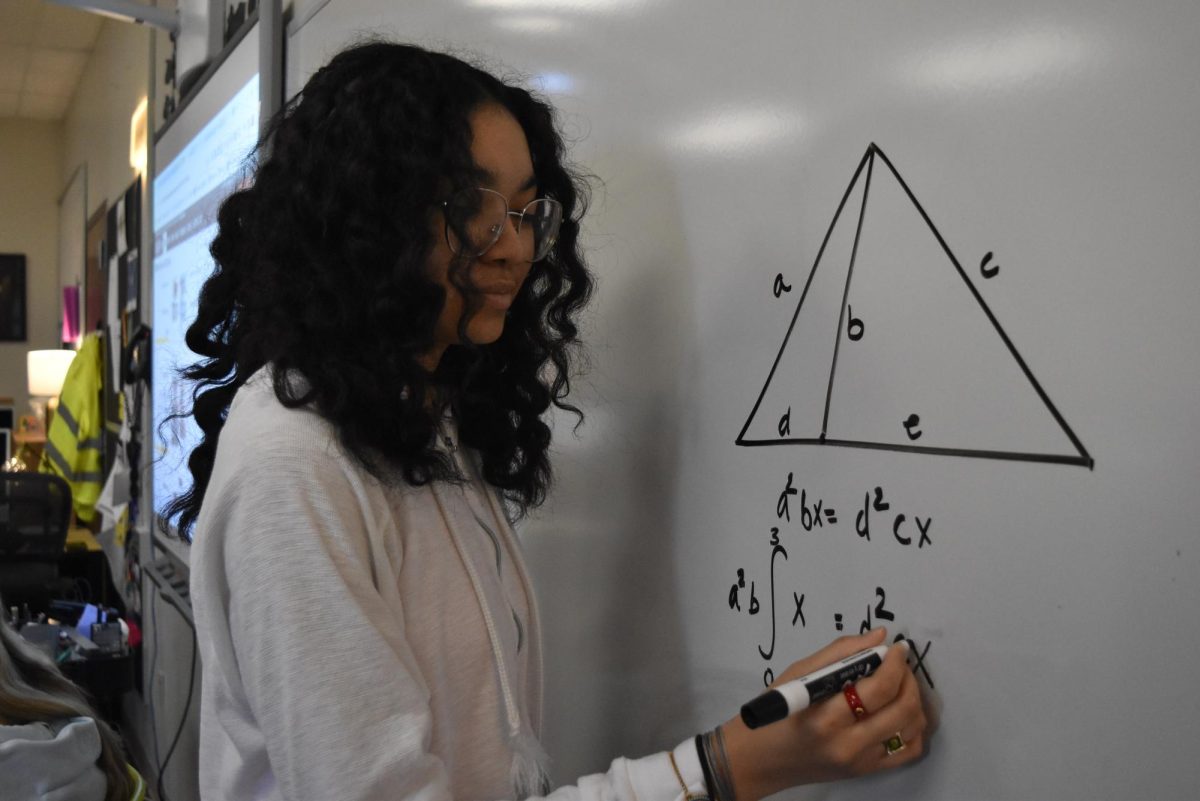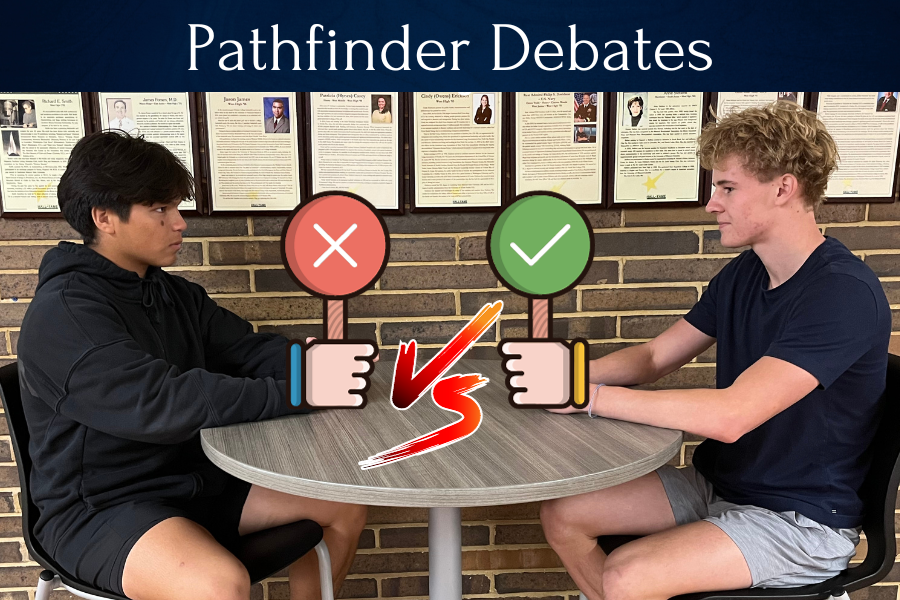Disclaimer: What follows are specific plot details and spoilers of “Gravity.” The review contains spoilers regarding the movie. Do not read this review if you have not watched the movie yet, and you wish to in the future.
The most remarkable thing about “Gravity,” the new film from director Alfonso Cuarón, is how quiet it is for long stretches of its running time. Minutes go by where the only sounds you hear are radio chatter between its stranded astronauts and Houston and perhaps a few ominous notes of the taut score by Steven Price.
In a moviemaking industry that has spent the past decade cranking up volume and amplifying the bombast, this is a blockbuster that is not afraid to let silence speak for itself. Perhaps “Gravity” is a film of sensations rather than a dream house of ideas, but it is one that is so finely tuned that it is hard to forget.
“Gravity” is a simple tale made extraordinary by Cuarón’s skill as a filmmaker as well as a performance from Sandra Bullock, which may be the best she has turned out in her career. It is a film about a fight for survival far, far from civilization in an air crash or shipwreck in the void of space. “Gravity” is a film that speaks to the most primal emotions: grief, the will to survive, and the fear, loneliness and wonder of life.
Veteran astronaut Matt Kowalski (George Clooney) and rookie Ryan Stone (Bullock) are stranded in space when their shuttle is destroyed and crew are killed by a swirl of floating debris. They conceive a desperate plan to reach the International Space Station again before the field of debris comes into their orbit or they run out of oxygen.
Cuarón’s approach to this tale is barebones to the point of minimalism, making for a simplistic 90 minutes of film time. There’s no footage of fretting family members or of a bold rescue plan coming together on earth. We spend the film entirely in the company of the two astronauts, the vast desolation of space, and until communications are cut off, Ed Harris’ voice as the ground controller.
There is no single precipice in the film: the scenes combine the highest and lowest point of the characters’ spatial posturing. They are constantly falling or climbing, climbing and falling. It is difficult to breathe while watching the movie, and almost impossible to not experience one’s own body as if it is stranded in outer space, without anything to hold onto, to root one to any solid earth.
Cuarón has not made a feature since his 2007 science-fiction cult-classic “Children of Men,” but “Gravity” is likely to be more influential than that film. Even with such visual marvels as “Pacific Rim,” you will not see a better-looking big budget film this year. It’s that rare film that is enriched by the subtle deepening of every frame with 3D.
“Gravity” is full of long takes as impressive as the ones in “Children of Men.” This is a film that slowly draws every breath out of your body with its sustained tension. The special effects, especially those used to bring long takes in zero gravity to life, are cutting edge and place you at the edge of space, impenetrable blackness one direction and the warm, inviting embrace of the Earth in the other.
Clooney turns in a characteristic performance as the competent Kowalski, a laidback professional who spins homely yarns in a warm drawl as he faces the blackness of space and inevitable death. It’s not a role that taxes him; it’s simply one that asks him to do what he does best. “Gravity” really belongs to Bullock, however, giving her one of the best female lead roles of the year.
Angelina Jolie and Natalie Portman, who both rejected the part, must be kicking themselves. But it’s hard to imagine anyone other than Bullock bringing the same mixture of warmth and grit to the part. In long stretches of the film, she has no one to play off beside herself. Often, she’s working against corny dialogue. It is thanks to Bullock that Stone’s journey from depression to determination is as compelling as the effects are marvelous.
Many contemporary blockbuster films function simply to activate the senses—to enact and embody the “thrill aesthetic” through its lavish special effects and immersive 3D technology.
There is much criticism of this as a cinematic form. Some argue that complex characterization and serious storytelling are marginalized favor of the kinetic ride. Thrill, however, is an expansive concept, and the senses are not necessarily crude or divisible in the way. Spectacle can create the conditions for profound elation, as “Gravity” clearly does.
Gravity releases the viewer into an unknown or unknowable void and in so doing asks (or rather compels) them to consider what it is that makes one human, social, and connected. It makes us realize something about ourselves. That we are all simply drifting throughout life, attempting to grab hold onto something tangible, just like Stone is drifting throughout space.
Lost in space, caught floating and fleeing in the pure realm of the senses, we find out who we truly are and can be.

![Smiling with Parkway North seniors Sarah Ham and Alison Lam (second and third from right), eight West state qualifiers hold up the iconic DECA symbol. The program has connected over 7,000 high schoolers, giving students the opportunity to network and expand their social circle. “Getting along with people that might be different from you is the most important part of DECA. You learn things about people that you originally wouldnt talk to, and its nice to know how to work with other people [as well as] make new friends in a different area,” junior Laya Krishnakumar said. Courtesy of Laya Krishnakumar](https://pwestpathfinder.com/wp-content/uploads/2024/04/IMG_7918-1200x675.jpg)
![Latin students pose for a group photo in front of historical ruins in Italy. From March 13 to March 23, the Latin department traversed cities in Italy to immerse students in an educational experience of a lifetime. “I enjoyed being able to learn about the different cultures. [The trip] encouraged me to see other peoples lifestyle and learn more about different histories,” senior Suraiya Saroar said.](https://pwestpathfinder.com/wp-content/uploads/2024/04/PXL_20240318_092633493.jpg)


![Members of concert band work to play the soaring melodies of Crowns of Glory by Jack Wilds during their winter concert. Because of the pieces difficulty, the band had to work together extra diligently to make it sound concert-ready. [Band has] helped me [with] teamwork because its not just an individual thing. The whole group has to be put together to make something amazing, Concert Band member and sophomore Ella Bruner said.](https://pwestpathfinder.com/wp-content/uploads/2024/03/unnamed-3-1-1200x800.jpg)
![From Jan. 22 through Feb. 1, Parkway West High is displaying a wide array of art pieces made by students ranging from elementary to high school. All classes were represented on the displays in both the art wing and the main foyer of the school. “[Art] benefits me because in the middle of a busy day. I can just relax and have some fun doing art and it makes me happy. I think its important that you show art in the art show so that people can get inspired by it and be inspired to create their own pieces; it’s really impactful,” sophomore Dhiya Prasanna said.](https://pwestpathfinder.com/wp-content/uploads/2024/02/image1-1200x800.jpg)




![Moviegoers smile for a picture after watching the Bollywood movie “3 Idiots.” The event ran from 4-8 p.m. on Saturday, March 9 and was open to students across the Parkway School District. “I decided to come to the movie night because I wanted to introduce my non-Indian friends to the rich culture and entertainment of Bollywood. One of my favorite parts [of the night] was the combination of [the] amazing food and the pure comedic entertainment. [It] was unmatched,” sophomore Aryan Allu said.](https://pwestpathfinder.com/wp-content/uploads/2024/03/IMG_5479-e1710180016483-1200x900.jpg)
![Senior Kylie Secrest volunteers at the blood drive signup table.The table provided students aged 16 and up with information about the drive and assisted them in the signup process. “We decorated the stand in the lunchroom with heart related or red decorations from either Dollar Tree or Five Below,” Secrest said. “This year was my first year doing [the blood drive] and it was fun. I got to be able to meet new people and help out the community.”](https://pwestpathfinder.com/wp-content/uploads/2024/03/image2-1200x800.jpg)
![Performing a dance, athletes wave their pompoms in the air as special education teacher Wendy Zieleskiewicz stands behind them. Zielesckiewicz, who has been teaching for 25 years, didn’t know what she wanted to pursue until she remembered her love for children. She now sees her students benefiting from Special Olympics. “Its really fun to see [athletes] grow. [Special Olympics is] incredible — Its high energy, its a lot of fun. Its cool to see the kids all working together and having a good time. They make connections with other students, [and] its amazing to see how much fun they have. I hope that they can make and maintain relationships with people that are not in this classroom. I always encourage [my students] to participate [in Special Olympics] because it is a lot of fun and even if they dont make a best friend, you still have an opportunity to grow,” Zieleskiewicz said.](https://pwestpathfinder.com/wp-content/uploads/2024/02/unnamed-5-1200x798.jpg)


![Smiling widely, Principal John McCabe congratulates English teacher and English Department head Shannan Cremeens on winning the 2023-2024 Teacher of the Year title. Sophomore Cooper Oswald was a witness to the celebration. “We were all pretty excited. We were all clapping and standing up. We even [got to] take a picture with her,” Oswald said.](https://pwestpathfinder.com/wp-content/uploads/2023/12/TOYvertical-1200x954.png)
![With the click of a button, senior Abbi VanValkenburgh snaps a shot of her twin sister, senior Alli VanValkenburgh. Abbi found her passion for photography during her freshman year, allowing her to expand her class knowledge into her current photography business. “Photography has taught me how to be patient with myself. I learned that sometimes Ill fail, and thats okay. I know that not every image will be perfect, but the ones that [are] keep me going,” Abbi said.](https://pwestpathfinder.com/wp-content/uploads/2024/04/DSC_5197-copy-2-1200x940.jpg)
![English teacher Leslie Lindsey smiles for a photo behind her desk. Growing up, Lindsey participated in many things outdoors, learning life skills that she still uses today. “I loved fishing and was never grossed out by it. I could get my hands dirty and spend time outside; even when it was cold, I didnt care. Fishing takes a lot of patience, and that is [now] a virtue of mine because I have great patience that translates into my classroom,” Lindsey said.](https://pwestpathfinder.com/wp-content/uploads/2024/04/IMG_6632-1-e1712758336310-1200x983.jpeg)
![Each year, as temperatures start to rise, students await the coveted spring break, a week-long vacation taking place from March 16-24. Students and staff appreciated the respite from school and the sunny weather that came along with it. “I enjoyed traveling as a way to spend spring break [and] have a last trip with my family before college. I wish spring break was a little longer so I could have spent more time and not have a quick turnaround coming back to school,” senior Norah Rutkowski said.](https://pwestpathfinder.com/wp-content/uploads/2024/04/Spring-break-Shenanigans-1-1200x800.png)




![Senior Dana Zafarani poses in paint reading “Women, Life, Freedom” and “#BarayeAzadi” as a protest against the Iranian government. The experiences of Iranian women inspired Zafarani to assist in any effort to protect women’s rights. “The world should live in peace. Every woman deserves to be equal. Every woman deserves love [and] kindness,” Zafarani said.](https://pwestpathfinder.com/wp-content/uploads/2023/11/Screenshot-2023-10-31-12.54.47-PM.png)
![Business and personal finance teacher Evan Stern stands in front of his classroom. After facing hardships growing up, Stern learned how to deal with them with the help of role models like his dad. “We dealt with some trauma when I was in middle school, and my dad had to be responsible for all three of us while he was working full-time. I know he had to sacrifice a lot. Im sure it was really hard for him, but looking back on it, he did a really good job . I didnt appreciate everything that he did at the time because I was so young. Now, Im engaged and probably going to have kids of my own in the next couple of years so I [am starting] to look at things differently,” Stern said.](https://pwestpathfinder.com/wp-content/uploads/2024/02/Untitled-7-1200x900.jpg)
![Holding his two smiling daughters in his arms, Principal John McCabe celebrates earning his doctorate degree. He attended Maryville University for two years and reached his goal of achieving a Doctor of Education: Educational Leadership degree after months upon months of hard work and long nights. “Im not going to lie, Im glad I have another night of my life back when Im not at school till very late,” McCabe said. “I can spend more time with my family and with my friends [who] are here at [West]. Im really happy about that.”](https://pwestpathfinder.com/wp-content/uploads/2024/01/mccabefeature.png)
![Art teacher Katy Mangrich sits in her classroom, smiling for a picture. During her time in high school, Mangrich learned several lessons that she now passes on to her son. “The biggest life lesson that I learned is honesty. I wouldnt say I was the best teenager, but I learned very quickly in high school to always be forthcoming and honest with my parents because it always ended up serving me better in the long run. [My parents] might have been upset with me [and the mistake I made], but I wasnt going down the rabbit hole of a lie because that was just going to get me into more trouble,” Mangrich said. “I passed [that lesson] along to my nephew. Honesty is always your best approach; just don’t lie. I say that to my son all the time. Theres no advantage to lying, [and] thats a huge takeaway [from] how my parents raised me.”](https://pwestpathfinder.com/wp-content/uploads/2024/01/Screenshot-2024-01-26-10.10.12-AM.png)
![Social studies teacher Aaron Bashirian smiles in front of his classroom. Bashirian didn’t know he wanted to be a teacher from early on, but he found the choice to be a good one. “I started [teaching] because there was an opportunity for me to experiment with it. Fortunately, [teaching] was a good choice. In 2012, I became a teacher at Parkway at the Alternative Discipline Center, which is where they send suspended kids to keep being educated if they choose. I spent six years there and then I got drafted to West, [where] Ive been for about six years,” Bashirian said.](https://pwestpathfinder.com/wp-content/uploads/2024/01/Untitled-35-1200x800.jpg)
![English teacher Angela Frye stands behind her desk in her classroom. Frye went through a lot of personal struggles to get to where she is today, and with each step in her life, she carries her gratitude for those obstacles. “Everything happens for a reason. I believe in [the concept of] good energy, good karma, [from] being a good person. Those are things I dont take lightly. [Struggles] build character. You really appreciate everything you have when you have to work for everything you have,” Frye said.](https://pwestpathfinder.com/wp-content/uploads/2023/11/Untitled-8-1200x800.jpg)

![Senior Thalea Afentoullis backs her car into the senior parking lot. Though Afentoullis has two years of driving experience under her belt, she often feels concerned about her safety in the school zone. “From my experience, whenever I try to get down to the pit, [the junior parking lot], after school, I have to be very conscious. [Students] whip [their cars] out of their spots. The school could do a much better job by separating the timings at which students can leave because most [car crashes] happen after school when everyone’s rushing to get out of the line,” Afentoullis said.](https://pwestpathfinder.com/wp-content/uploads/2024/04/68467-e1712933168328-1200x789.jpg)
![The celebration of Women’s History Month, originating in 1987, marks an annual acknowledgement of women’s contributions to various fields of work. However, many female revolutionaries remain underrepresented in our history books, oftentimes overshadowed by male counterparts who could reach a greater audience because of their status. “Back then, women didnt have the voice that we do now, [but] their actions gave us the voice we have today to be able to speak up. Now, we share information to show how far we came from,” Black Student Union member and sophomore Jariyah McCalister said.](https://pwestpathfinder.com/wp-content/uploads/2024/04/feature-photo-unsung-4.png)

![Celebrities are inescapable in our day-to-day lives, constantly reminding us of whatever is newest in their lives. And for us on the receiving end, we find ourselves devoting time and effort to vie for just the tiniest sliver of their attention. “[Taylor Swift] is my favorite celebrity, and to me she means someone who is kind, smart and caring,” junior Swati Kumar said. “I feel connected to her and her music; I listen to her everyday and I find [her] very relatable.”](https://pwestpathfinder.com/wp-content/uploads/2024/01/Parasocial-1.jpg)

![In the 1950s, the first recorded spikes in global temperatures were recorded, and ever since, Earth has been in the midst of a disastrous climate crisis, as rising temperatures wreak havoc on susceptible regions and destroy animal habitats worldwide. Junior Nidhi Pejathaya helped found West’s Sustainability Council to create a space where students can educate themselves about climate change and do their part to preserve the environment. “When youre going out of your way to recycle [or] reuse your clothes to save water, youre saving people. Youre saving adults, youre saving families, youre saving children. Youre saving a whole generation. Just because we dont see it doesnt mean its not happening,” Pejathaya said.](https://pwestpathfinder.com/wp-content/uploads/2024/04/new-editorial-feature-1200x800.jpg)



![For the past three years, Parkway has administered high school finals after winter break, a practice that proves to be detrimental to the success as well as the mental health of students. With finals after break appearing to do more harm than good, the question of what changes can be made arises time and time again. “The pressure for finals is difficult, and to have that [pressure for] a few weeks because youre on [a] break can make you generally sad. Its a bummer in general. I wish [finals] were before break, so we [could] have a break to sleep, celebrate and not study. Everyone Ive talked to about it is like yeah, finals sucks, and I wish that wasnt a thing,” junior Meadow Kostial said.](https://pwestpathfinder.com/wp-content/uploads/2024/01/decembereditorial-1200x963.jpg)












![2023 was defined by female vocalists such as Miley Cyrus, Taylor Swift and Paramore’s Hayley Williams as their diversity and talent amongst their respective genres topped the musical charts. Williams took to Instagram to show her gratitude for having owned the No. 1 spot on Billboard’s Top 100 chart. “We know enough by now to know success doesn’t equal value. That being said, to experience the [No. 1] on this album, as this version of Paramore, is such a sweet and surreal moment to celebrate together,” Williams wrote.](https://pwestpathfinder.com/wp-content/uploads/2023/12/2023-A-Musical-Recap-2.0-1.png)










![In perfect shooting form and with eyes on the rim, junior Tyler Kuehl is about to shoot his next basket in the last game of the season against Marquette High School. Kuehl has been playing basketball since he was 5. “Even though I played basketball all my life, the game-winning shots can be pressure, its confidence. If youre going into that shot and not thinking that youre gonna make it, its obviously not going in. And if you believe, [it will]. Thats the only way you can succeed,” Kuehl said.](https://pwestpathfinder.com/wp-content/uploads/2024/01/unnamed-32-1-1200x1200.png)





![“Sometimes I feel like Im not good enough and that I can never get better. I’m still overcoming this [feeling]. I keep pushing myself everyday [to be a] better [runner] even when I might not be the best at it. I also see how hard the upperclassmen work and that motivates me to do better. A varsity cross country runner once told me that even when you feel pain, you can run through it. Because of that, I push myself, [and] see myself improve. After a meet, I feel accomplished and [as though] I’ve worked hard. I feel like I can do better at running if I keep practicing. [How I run] depends on how I think. If I think I cant run — I cant run. I [motivate] and tell myself that Im a fast runner and everyones going to [surpass their personal record]. My biggest accomplishment so far was improving by 10 minutes on my 5K run. [It’s when I finally realized that] I am better than I thought I was.” Mahiya Pallipat, 9](https://pwestpathfinder.com/wp-content/uploads/2024/04/DSC8837-copy-2-1200x800.jpg)
![“My [favorite] hobby is running. I have been [a member of the] the cross country and [the] track and field team. [I also enjoy] tinkering [and constructing] random things. Everybody on our team knows about [the complications I had because of my] back. I had [a snag from my regular hobbies after going] through a surgery back in 2022; it took a lot out of me. I couldnt run for four months, and I was really out of shape [when] getting back into cross country. It was really hard for me. I would say a lot of [my inspiration has come from] my dad to be honest. Hes the one who has pushed me to improve every day [in] every single [aspect]. Hes the one who taught me how to be responsible, manage my time well [and] be consistent. [It’s the] same with running; Im consistent and I try to work my hardest in order to get better every day. A lot of [my growth] has been tied to running because I have been so involved, but I feel like I’ve become a lot more social with people. Ive become more dedicated to the things I like. [During practice], Im starting to [run] with faster groups now. [I’m] able to keep pace with [people] who [I] didnt used to before. I [am] definitely most proud of my recovery [after] my surgery. It did take me four months to be able to run again, but after that, I really bounced back. I have improved a ton and Im really proud of that.” - Ragsy Muralidharan, 12](https://pwestpathfinder.com/wp-content/uploads/2024/04/RagsyMuralidharan_12-1200x800.jpg)
![“The first memory that comes to my head is when everyone starts doing the longhorn rumble when we call [out to the audience], they stomp and clap with us along to the beat of the cheer. I [started to appreciate cheer] when I got to high school. [At first], I did it for fun in middle school just to say that I [had a hobby]. When [I got to] high school my coach appreciated me and [listened to] my opinions. It really made me fall in love with the sport again. My favorite thing about cheer is the friendships that I get from it. [I] get to see the people I’m with all the time because [we] have practice [together often]. Especially during football season [is when I get to] hang out with [my teammates] every day. The people I met through cheer and got close with this year make me [want] to continue cheer. [I also got closer with] the people on [the] varsity team and [was able to gain friendships] through that. I am happy [that I get to] cheer with [everyone] next year. It [urges me to] keep going. The cheer community is fun because everyone just understands each other. Were all very similar [and connected] in ways and its like a tight knit family.” Alyssa Gessner, 9](https://pwestpathfinder.com/wp-content/uploads/2024/04/DSC_0063-1200x800.jpg)
![“Im passionate about volleyball. Ive been playing for six years. I play it because I like the way that, [even though,] its a team sport, its also focused on [a person] individually; especially in my position since Im the back row defense where the ball can hit me. Its [up to] me, I can’t blame anybody else. I like how its very focused on [the] performance and how well [I] react to how the other team plays. The way I play really matters to me because it’s a team sport and I dont want to let my teammates down.” Emma Barton, 9](https://pwestpathfinder.com/wp-content/uploads/2024/04/image1-1200x800.jpg)
![“Im very passionate about debating, [which is why] I am [a member of the] speech and debate team. I like how it offers opportunities to speak [from] viewpoints on different opinions with people outside of our group from other schools around our communities. I usually participate in public forum debates [and] the topic [we speak about] changes every month. One debate that I was most invested in [took place in] February; which was [about whether or not] the US federal government should ban all single use plastics. I feel like I spent the most time working on this case [than any other discussion], and I was determined to make it into finals. I hold competition very dear to me. I have only gone to two tournaments so far, but Ive already made it into the finals. [Finals are important because], I think it really shows how much growth and [effort you’ve put in through the battle].” - Bethany Liao, 9](https://pwestpathfinder.com/wp-content/uploads/2024/04/Bethany-L-1200x800.jpg)
![At the Spring Pep Rally on March 8, boys varsity water poloist and junior Jack Brau stands with the boys water polo team. The group, hoping to include everyone — whether boy or girl, varsity or JV — cheered on the girls water polo team during the sports team runouts. “Even though we all play separate games and have different practices, we like to see ourselves as one big group who represent one water polo [team],” Brau said.](https://pwestpathfinder.com/wp-content/uploads/2024/04/DSC_8810-1-1200x800.jpg)
